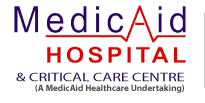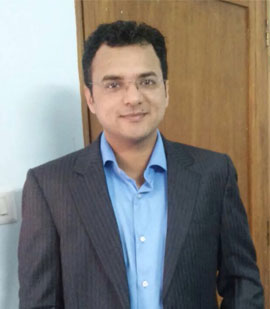Cardiology is the study and treatment of disorders of the heart; it is a medical specialty which is involved in the care of all things associated with the heart and the arteries. A cardiologist is not the same as a cardiac surgeon – the cardiac surgeon opens the chest and performs heart surgery, a cardiologist, on the other hand, carries out tests and procedures, such as angioplasty.
- Tuesday
- Wednesday
- Thursday
Cardiology Overview
Cardiology is a medical specialty dedicated to diagnosing, treating, and managing conditions of the heart and blood vessels. A cardiologist, also known as a heart doctor or cardiovascular specialist, addresses conditions such as coronary artery disease, heart attacks, high blood pressure, arrhythmias, heart failure, and other heart-related issues. Early consultation with a cardiology specialist is essential for effective treatment and optimal heart health.
Common Conditions: When Should You See a Doctor?
You should consider seeing a cardiologist if you experience any of the following symptoms or conditions:
- Chest Pain Or Discomfort
- Shortness Of Breath
- Irregular Heartbeat Or Palpitations
- Persistent Dizziness Or Fatigue
- High Blood Pressure
- High Cholesterol Levels
- Swelling In Legs Or Ankles
- Family History Of Heart Disease
Prompt medical attention can significantly enhance your heart health and prevent serious complications.
Why Medicaid Hospital is a Good Choice for Cardiology Treatment in Amritsar
Medicaid Hospital is a trusted and renowned cardiology center in Amritsar, known for providing comprehensive and expert cardiac care. Our experienced team of cardiologists utilizes advanced diagnostic technologies and evidence-based treatment protocols. At Medicaid Hospital, patients benefit from:
- Highly Qualified And Experienced Cardiologists
- Advanced Diagnostic Tools Including ECG, Echocardiography, And Stress Tests
- State-Of-The-Art Treatment And Surgical Facilities
- Comprehensive Heart Care, Including Preventive And Emergency Services
- Patient-Centered Approach With Compassionate Care
When searching for a reliable cardiology hospital or specialist near you, Medicaid Hospital in Amritsar ensures exceptional cardiac care tailored to your specific health needs.


